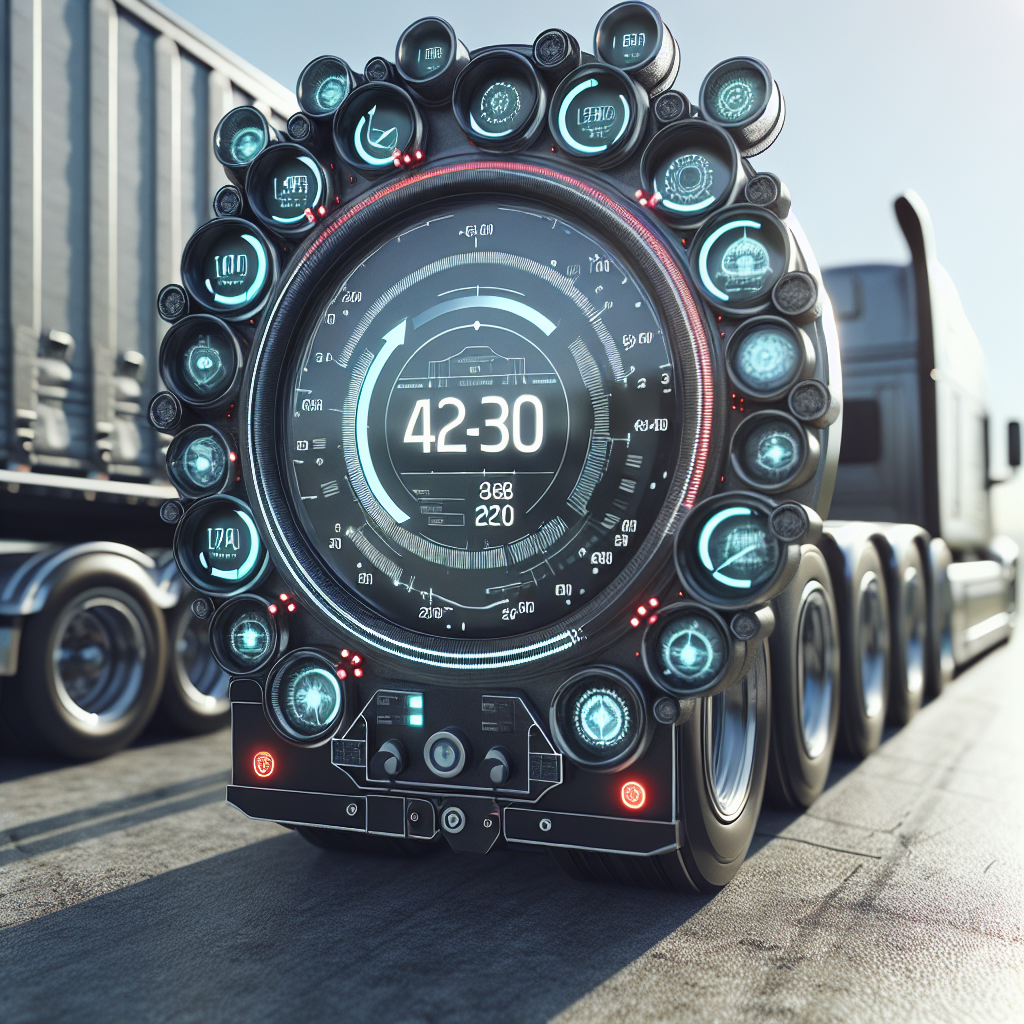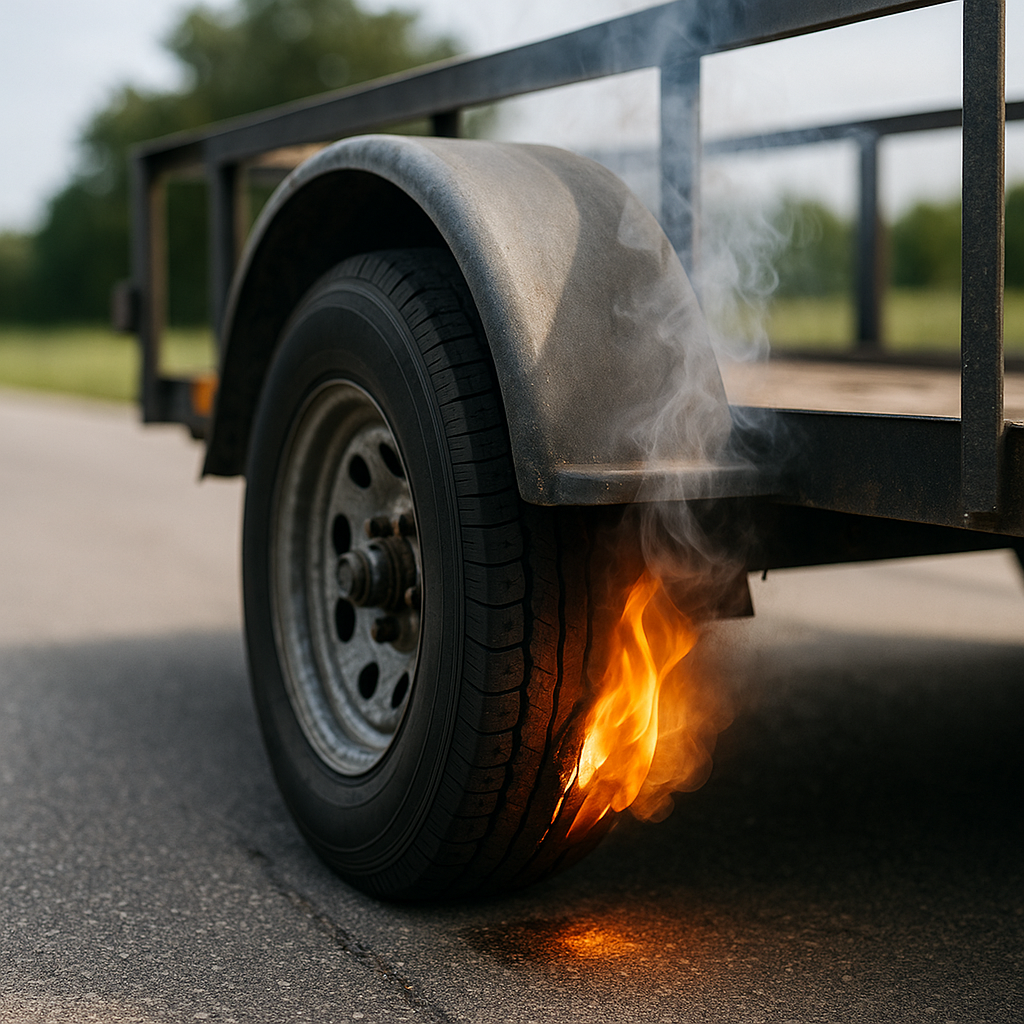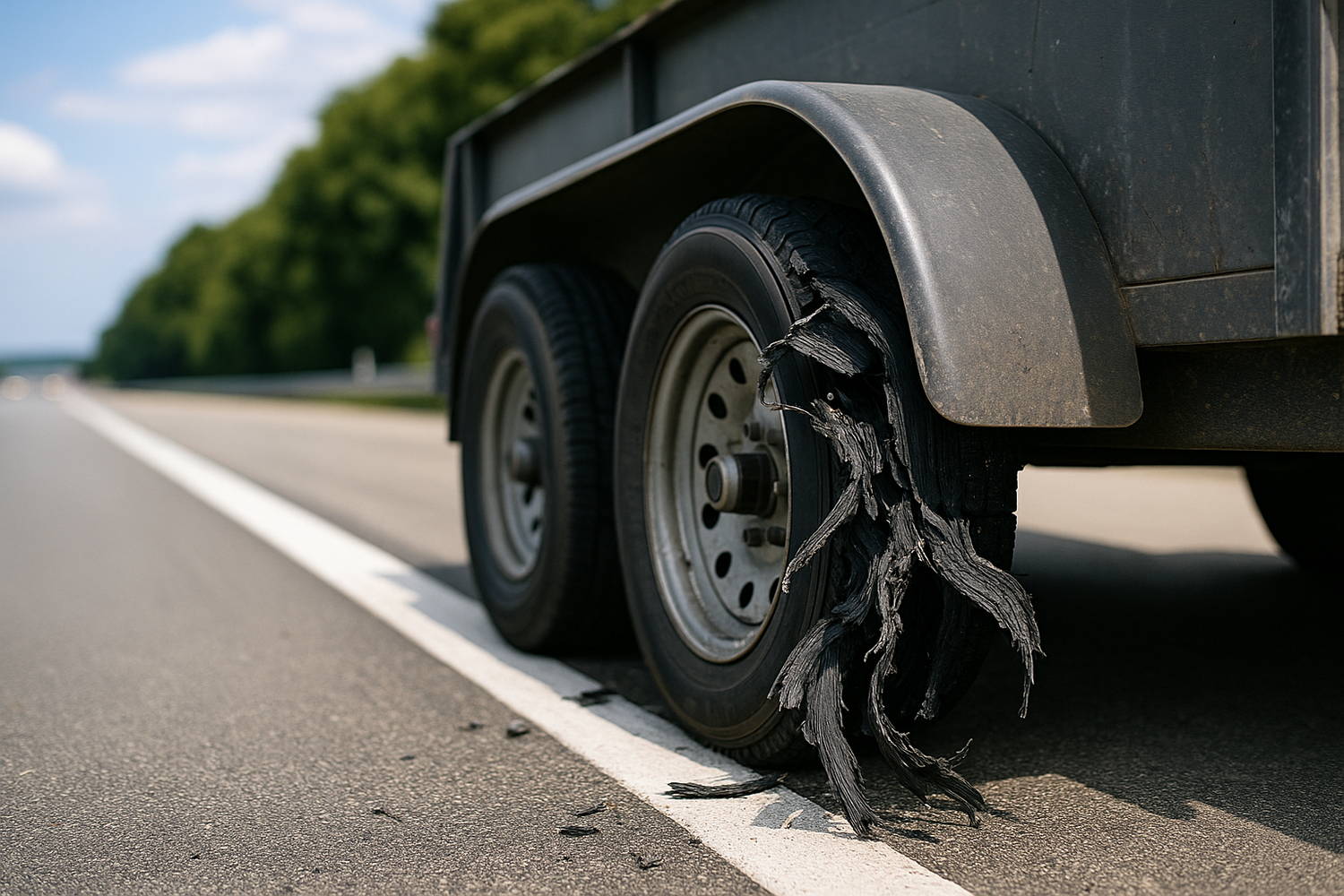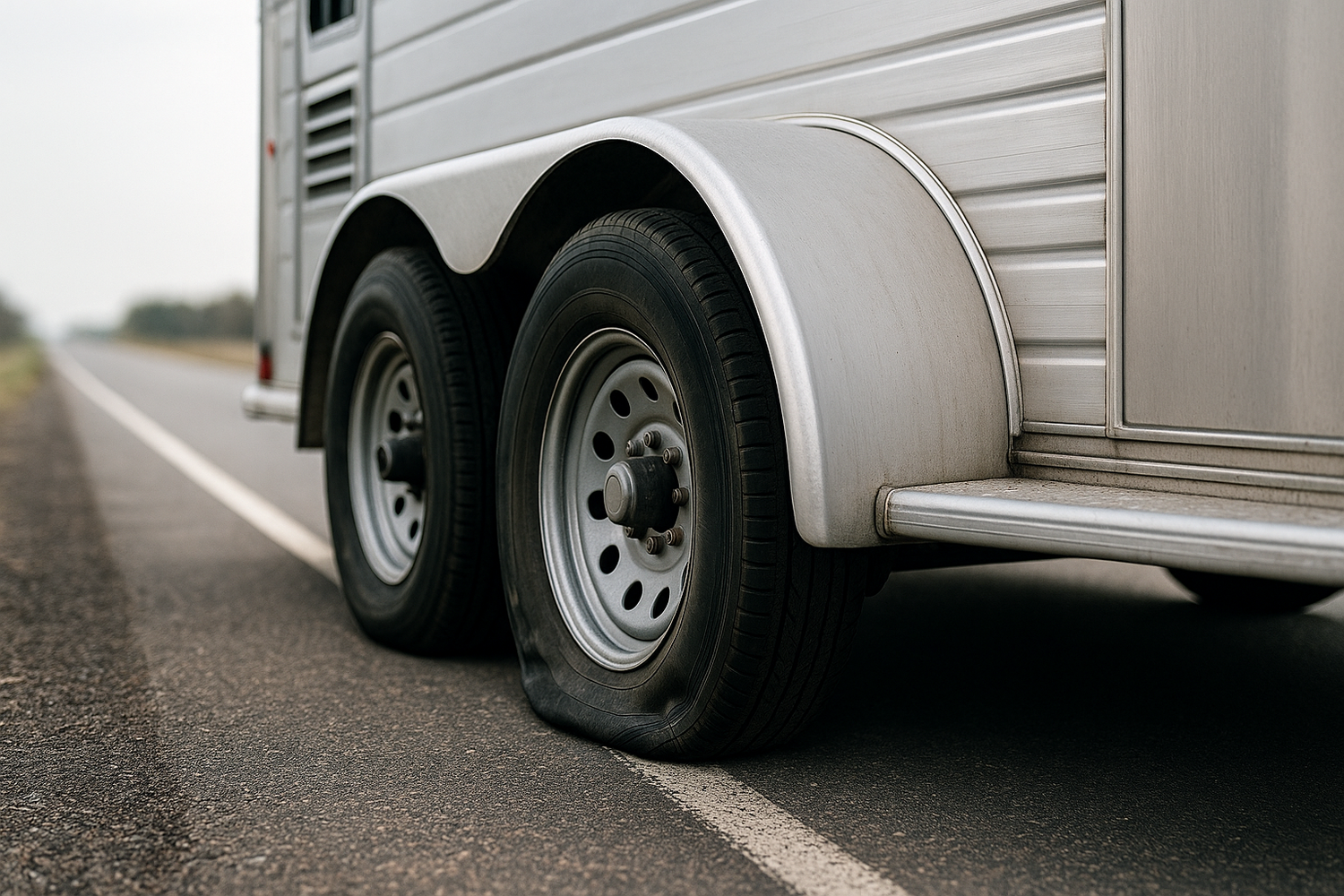Understanding Treadwear 800 is essential for optimizing trailer performance and ensuring safety on the road. This advanced monitoring system offers insights into traction and temperature metrics that are crucial for maintaining the integrity of any trailer. By analyzing these factors, users can prevent premature wear and tear, ultimately saving on costly repairs and enhancing the lifespan of their equipment.
The significance of Treadwear 800 lies in its ability to provide real-time data on tire performance. With accurate readings, trailer owners can quickly identify when their tires are underperforming. This can be attributed to various conditions, including:
- Excessive heat: High temperatures can lead to tire blowouts.
- Inadequate traction: Insufficient grip can result in dangerous driving conditions.
- Uneven wear: Monitoring wear patterns helps in timely tire rotations and replacements.
With Treadwear 800, you're not just investing in a tool; you're gaining peace of mind. This system transforms any trailer into a smart trailer, allowing for proactive management of tire health. Tow with peace of mind, knowing that trailerwatchdog is standing guard. Visit trailerwatchdog.com to learn more about how you can enhance your trailer's performance today!
The Importance of Traction in Trailer Performance
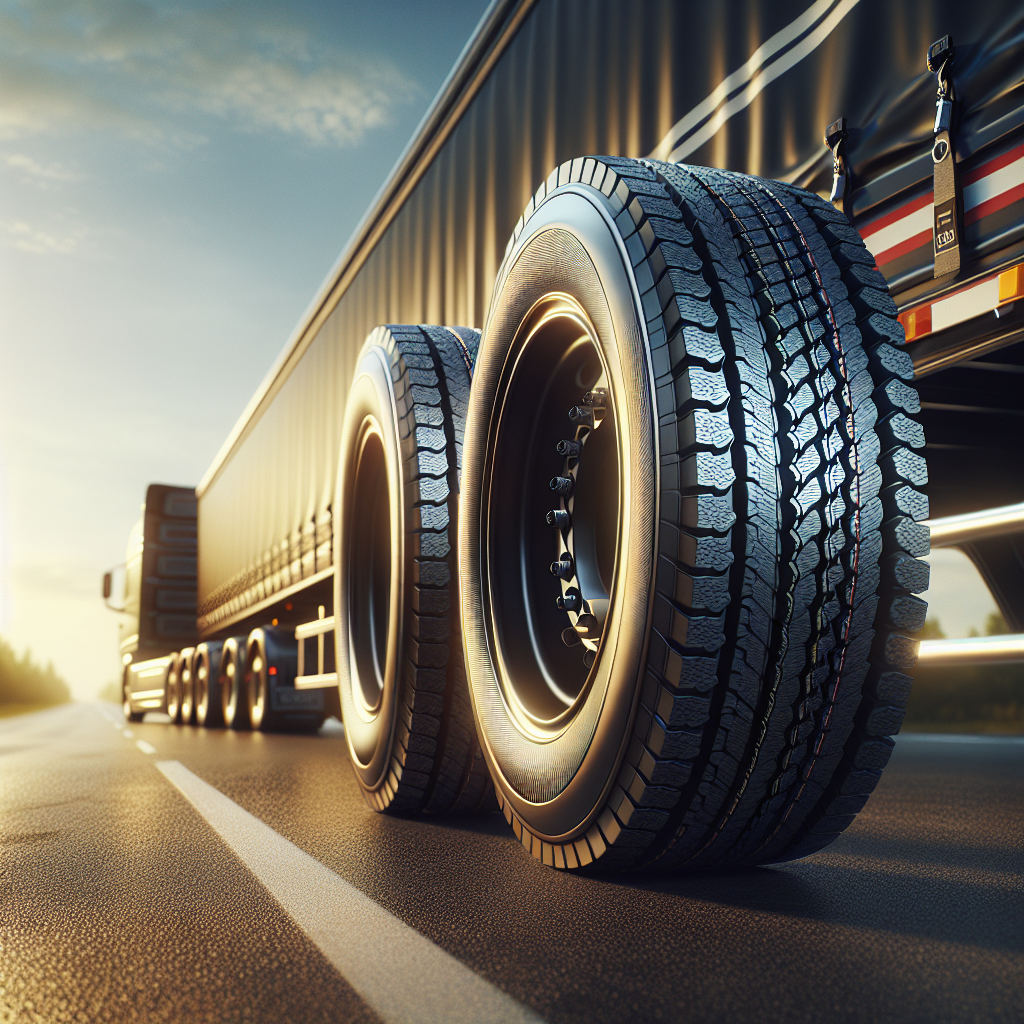
Traction is a vital component of trailer performance, directly influencing safety and efficiency during transportation. It refers to the grip that tires maintain on the road surface, which is essential for effective braking, acceleration, and cornering. Inadequate traction can lead to dangerous situations, such as skidding or loss of control, particularly in adverse weather conditions.
Several factors affect traction, including:
- Tire condition: Worn or improperly inflated tires can significantly reduce grip.
- Road surface: Wet, icy, or uneven surfaces can pose challenges for maintaining traction.
- Load distribution: Improperly loaded trailers can lead to uneven weight distribution, impacting tire performance.
By monitoring traction through systems like Treadwear 800, trailer owners can receive alerts about potential traction issues before they escalate into serious problems. This proactive approach enables timely interventions, such as adjusting tire pressure or redistributing loads, to maintain optimal grip and enhance overall safety.
Ultimately, the importance of traction cannot be overstated; it is the foundation of reliable trailer performance. Ensuring that your trailer consistently maintains adequate traction can prevent accidents and ensure that your cargo reaches its destination safely.
Temperature Effects on Tire Longevity

Temperature plays a crucial role in determining tire longevity, as both excessively high and low temperatures can lead to accelerated wear and potential failure. Understanding how temperature affects tires is essential for any trailer owner looking to maximize the lifespan of their investment.
High Temperatures: When tires operate at elevated temperatures, the rubber compounds can break down more quickly. This not only affects the tread but can also lead to issues such as:
- Increased treadwear: Excessive heat causes the rubber to become softer, leading to faster degradation.
- Blistering: Hot tires can develop blisters that compromise structural integrity.
- Blowouts: Overheating can ultimately result in tire blowouts, posing serious safety risks on the road.
Low Temperatures: Conversely, cold weather can cause the rubber to become rigid, reducing traction and increasing the risk of cracks. Cold temperatures can also lead to:
- Decreased flexibility: Harder tires do not grip the road as effectively, impacting handling.
- Reduced air pressure: Cold air can cause tire pressure to drop, resulting in poor performance and increased wear.
Maintaining an optimal temperature range for your tires is crucial for their longevity. By utilizing monitoring systems like Treadwear 800, trailer owners can keep track of tire temperature, ensuring that they remain within safe limits. This proactive approach helps prevent premature wear and enhances overall performance, making it an essential part of trailer maintenance.
Monitoring Treadwear for Optimal Performance
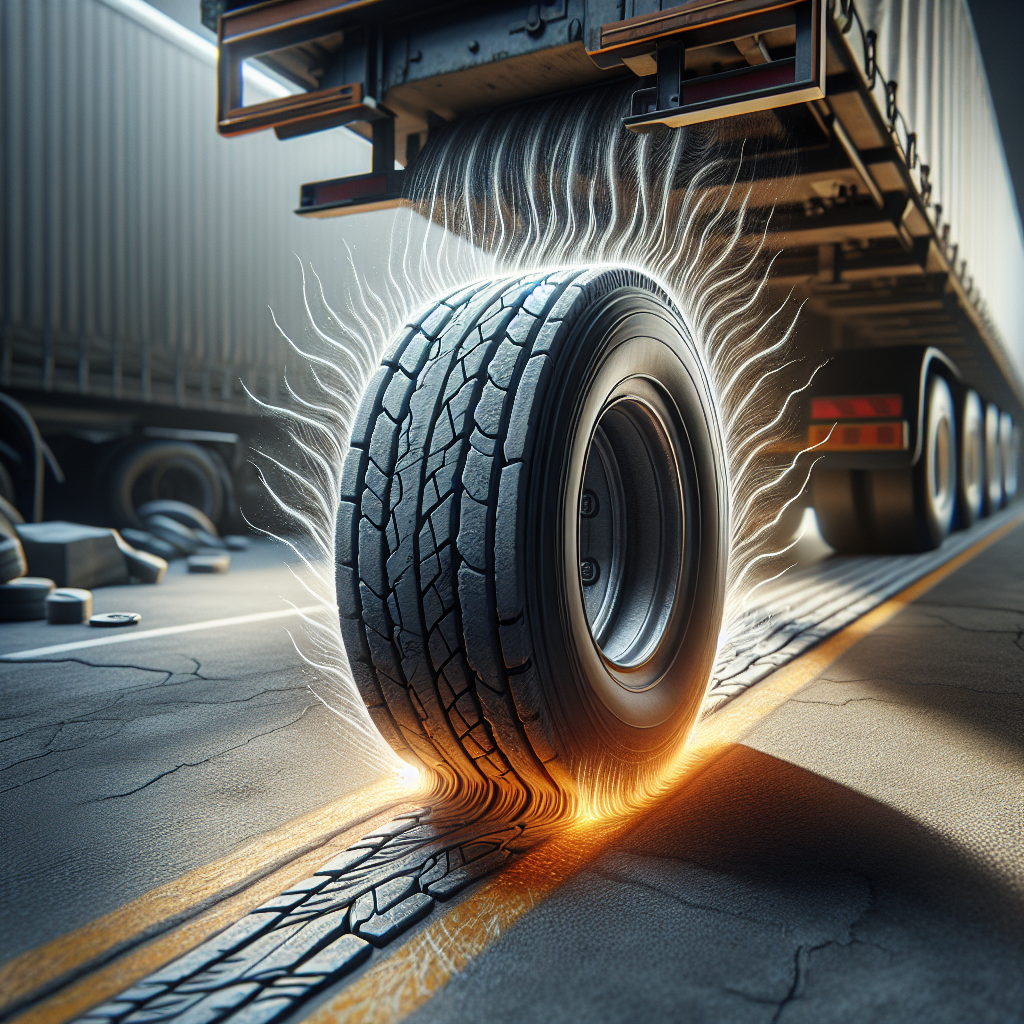
In the quest for optimal trailer performance, monitoring treadwear is a vital practice that cannot be overlooked. Treadwear provides essential insights into the health of your tires, directly influencing traction, fuel efficiency, and safety.
Why Monitor Treadwear? Regularly assessing the tread depth helps identify potential issues before they escalate. Ignoring treadwear can lead to uneven tire wear, reduced grip, and compromised handling. Some key benefits of monitoring treadwear include:
- Enhanced Safety: Adequate tread depth is crucial for effective water displacement and traction. Monitoring helps ensure that tires maintain optimal grip, especially in wet conditions.
- Improved Fuel Efficiency: Tires with uneven wear can increase rolling resistance, leading to higher fuel consumption. Maintaining even treadwear allows for smoother driving and better fuel economy.
- Prolonged Tire Life: By keeping an eye on treadwear, you can rotate tires and make necessary adjustments, extending their lifespan and saving on replacement costs.
Implementing Monitoring Solutions: Modern technology has made it easier than ever to track treadwear effectively. Systems like Treadwear 800 provide real-time data on tire conditions, allowing trailer owners to make informed decisions related to maintenance and replacement. With precise monitoring, you can anticipate wear patterns and schedule timely interventions, ensuring your trailer performs at its best.
Integrating Technology for Enhanced Traction

As the trailer industry evolves, integrating technology has become paramount in achieving enhanced traction and overall performance. Modern solutions not only allow for better monitoring of tire and axle conditions but also provide invaluable insights that can significantly improve driving safety and efficiency.
Smart Monitoring Systems like Treadwear 800 play a crucial role in optimizing traction by continuously analyzing key parameters such as tire pressure, temperature, and tread depth. These systems offer features such as:
- Real-Time Data: Access to immediate information regarding tire conditions enables drivers to make quick adjustments that enhance traction and reduce the risk of accidents.
- Predictive Analytics: Advanced algorithms can forecast potential tire issues before they become critical, allowing for preemptive maintenance and ensuring that traction is never compromised.
- Alerts and Notifications: Automated alerts for abnormal tire conditions ensure that drivers are informed of any issues that may affect traction, enabling timely interventions.
Data-Driven Decisions: The integration of technology not only helps in monitoring current performance but also aids in making data-driven decisions for future improvements. By analyzing trends in tire wear and performance metrics, trailer owners can understand how different loads and driving conditions impact traction. This knowledge allows for better planning and adjustments to optimize performance.
In an era where safety and efficiency are paramount, leveraging technology for enhanced traction is not just an option—it is a necessity for modern trailer operations.
Best Practices for Managing Trailer Temperature and Treadwear
Managing trailer temperature and treadwear is essential for maintaining optimal performance and ensuring safety on the road. Implementing best practices can significantly reduce the risk of tire failures and enhance the overall lifespan of your trailer. Here are some effective strategies to consider:
- Regular Monitoring: Utilize advanced monitoring systems like Treadwear 800 to keep track of axle temperatures and tire conditions in real-time. This proactive approach allows you to identify potential issues before they escalate.
- Routine Inspections: Conduct frequent visual inspections of tires for signs of uneven wear, cracks, or bulges. Ensure that tire pressure is maintained at recommended levels, as both low and high pressures can lead to excessive treadwear and overheating.
- Proper Load Distribution: Ensure that loads are evenly distributed across the trailer. Uneven weight can lead to increased wear on specific tires, causing premature tread degradation and temperature spikes.
- Maintain an Optimal Speed: Excessive speed can lead to increased friction and subsequently higher temperatures. Adhering to recommended speed limits can help maintain tire integrity and performance.
- Temperature Management: Pay attention to ambient temperature changes and adjust your driving habits accordingly. For example, during extreme heat, reduce speed and take breaks to allow tires to cool down.
By incorporating these best practices into your trailer management routine, you can enhance safety, reduce maintenance costs, and extend the lifespan of your tires. Tow with peace of mind, knowing that trailerwatchdog is standing guard.
